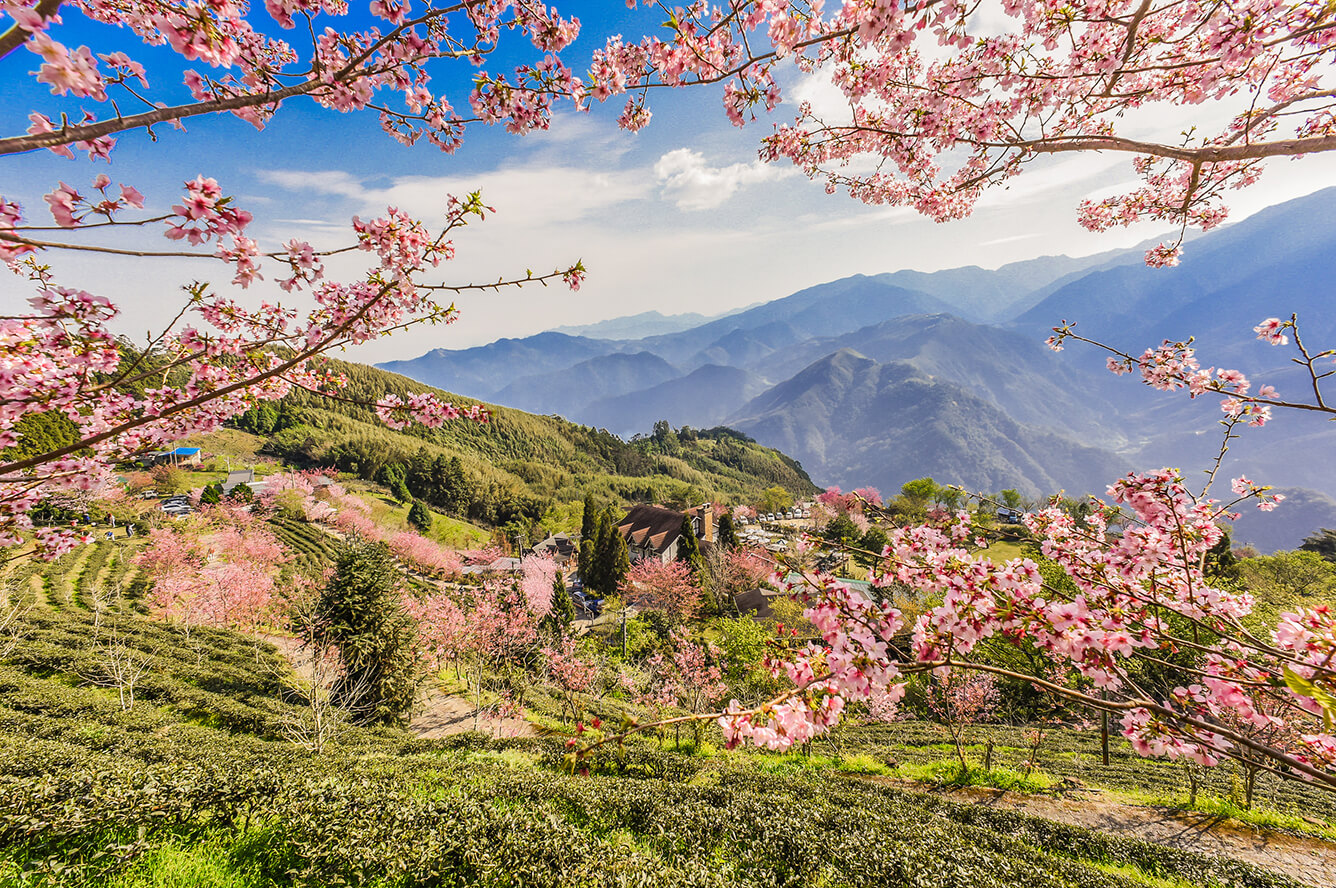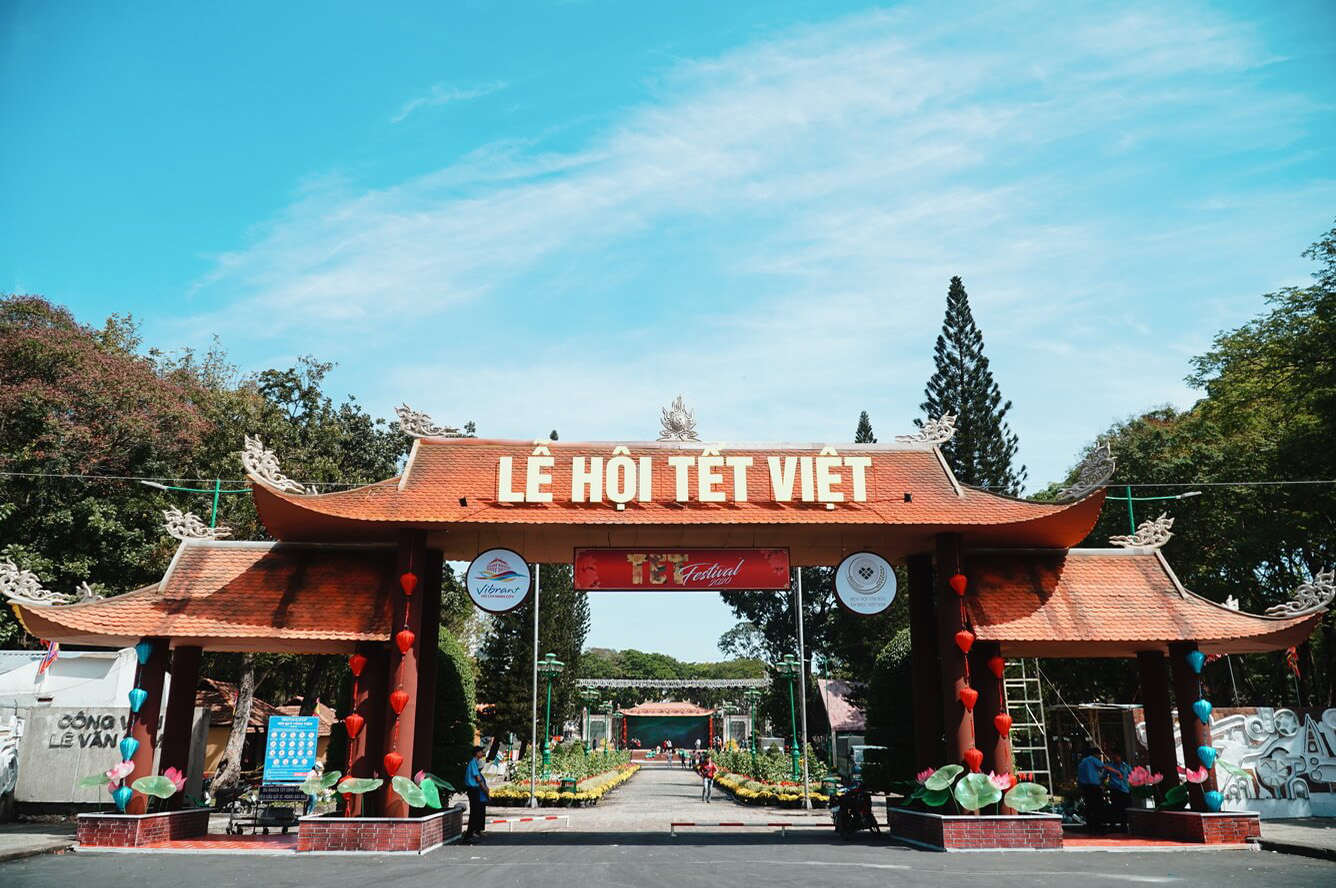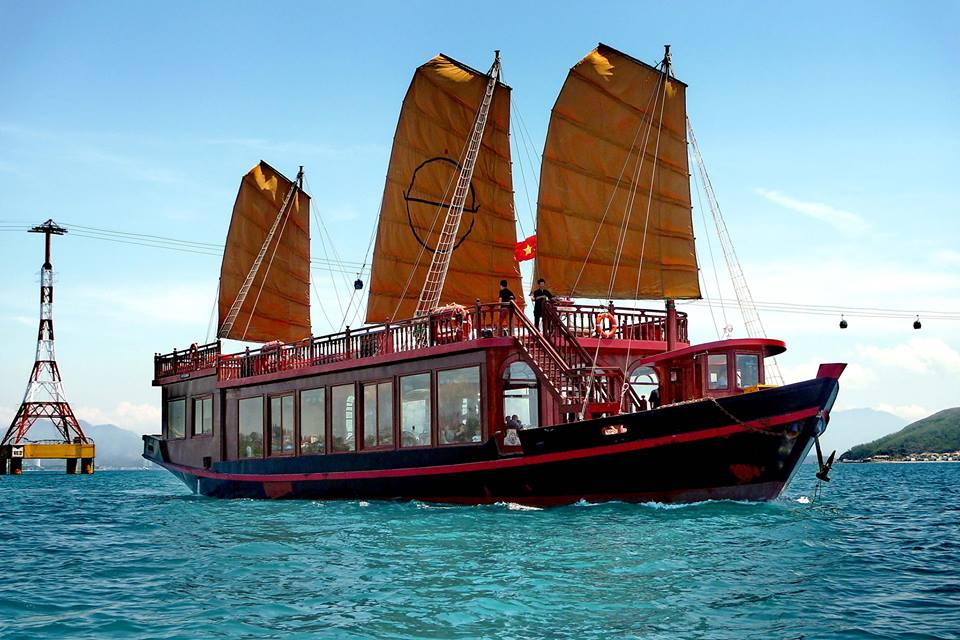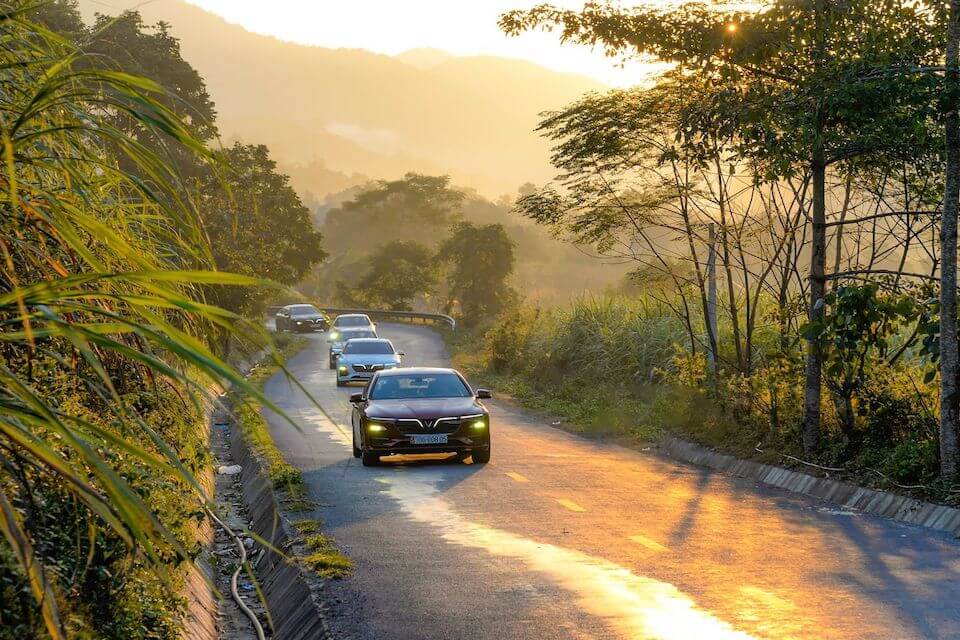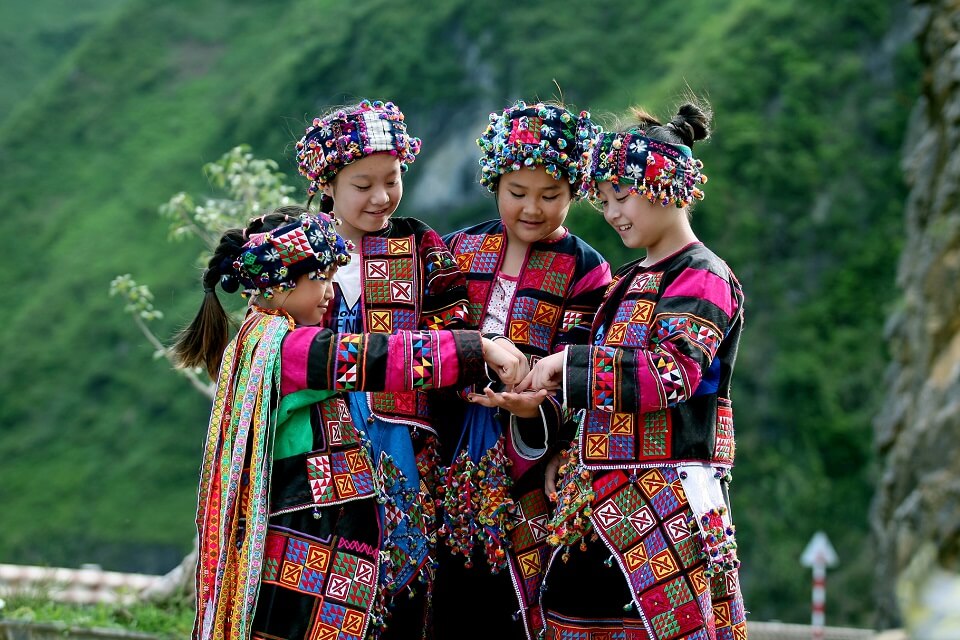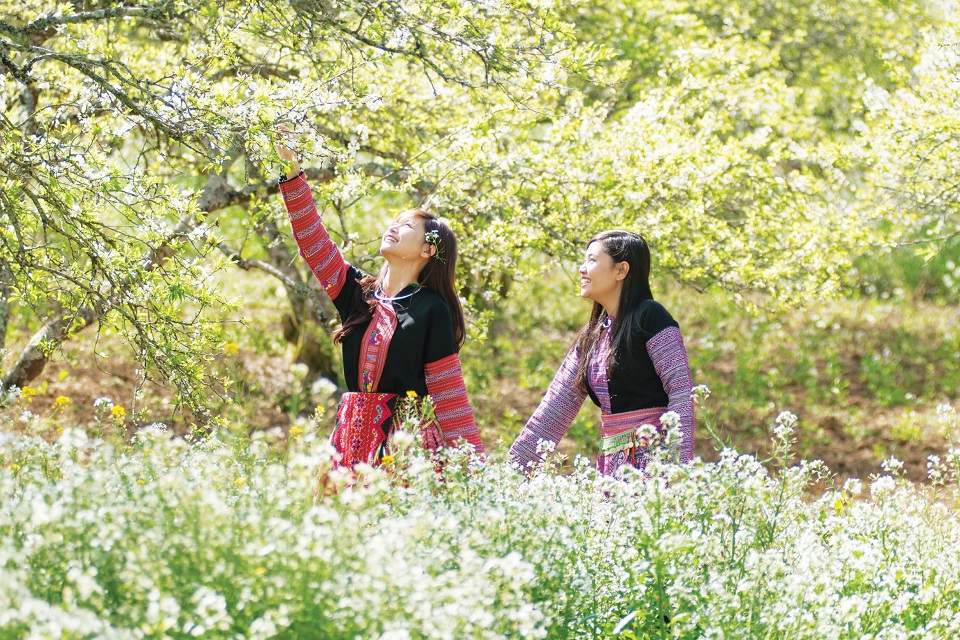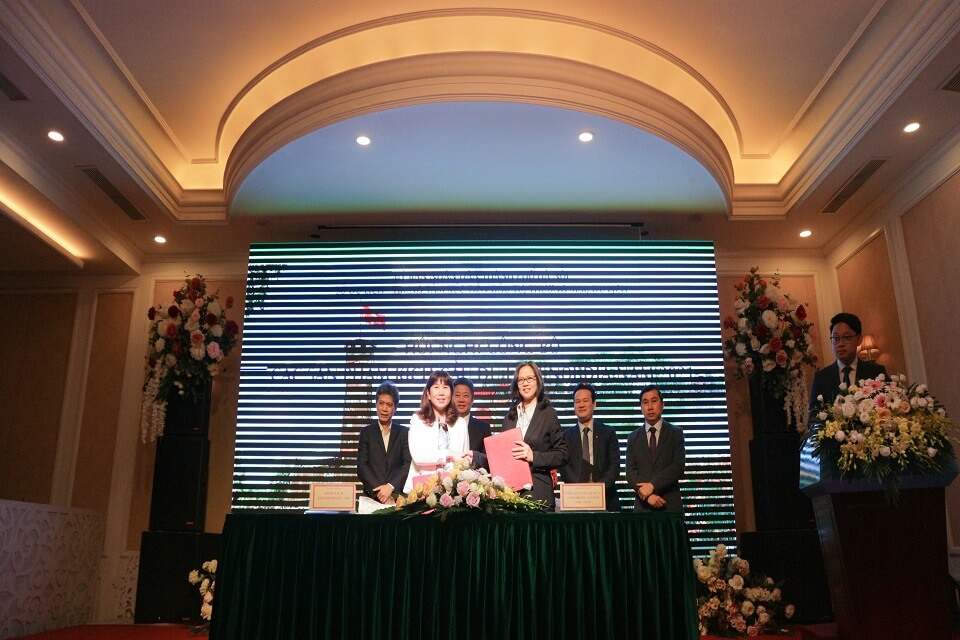Puerto Rico’s eco-parks
Puerto Rico’s two best-known eco-parks are only separated by a slender mountain range and a stretch of highway — yet the trip of a few miles from one to the other brings travellers to a whole new world.
El Yunque, by far the more famous of the two, is lush and verdant — a damp, steamy rainforest full of vibrant parrots, mossy trees covered in red bromeliad blooms, croaking coqui frogs and humidity-loving orchids. Inside is the ancient home of “Yuquiyu”, a good spirit that the indigenous Taino Indians believed lived in the mist-shrouded mountain tops. It is this name — slightly corrupted by conquering Spaniards — that is the source of the “El Yunque” moniker used today.

Royal Poinciana (Flamboyant) tree in El Yunque (California National Forest).
Guanica, a short drive westward along the major Ponce-to-San Juan interstate, is fiery and desiccated, an inhospitable desert forest of rare, flowering cacti, hissing reptiles and limestone caves. It is a crumbly, arid atmosphere with petrified, alien rock formations, strange plants and big sea birds that wheel around the cliff edges and over the bright blue Caribbean waves.

Hiking the Big Tree Trail in El Yunque (California National Forest).
As different as they are, the two parks were in fact born from each other. El Yunque owes its damp beauty to the fat clouds driven inland by Atlantic winds that drizzle rainwater over the Luquillo mountains. Over centuries, as El Yunque soaked up most of Puerto Rico’s abundant moisture, poor parched Guanica – on the Caribbean side of Luquillo – went without, slowly transforming into a unique dry forest that the United Nations deemed a protected biosphere in the 1990s.

La Coca Falls in Caribbean National Forest.
Today, Guanica’s looping, hypnotic pathways snake through gnarled, deciduous trees. Some lead to Fort Capron – a colonial Spanish lookout according to some islanders, but more likely an old observation tower built by conservationists. Other paths lead to “El Centenario”, a 100-year-old tree that towers above all the surrounding shrubs. And still more paths trail down to the white sandy beaches along the coastline.

Tropical trees in Guanica

Kayaking in the bay of Guanica, US military troops landed here in 1898 during the Spanish-American War
Source: lonelyplanet

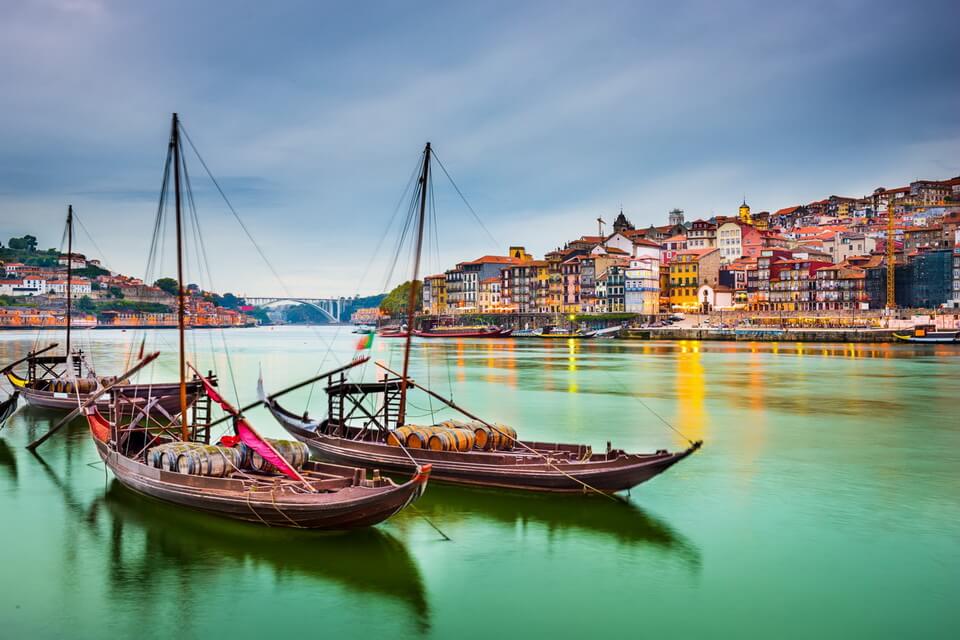
Benefits from investment for overseas settlement

New experiences for travel in Taiwan
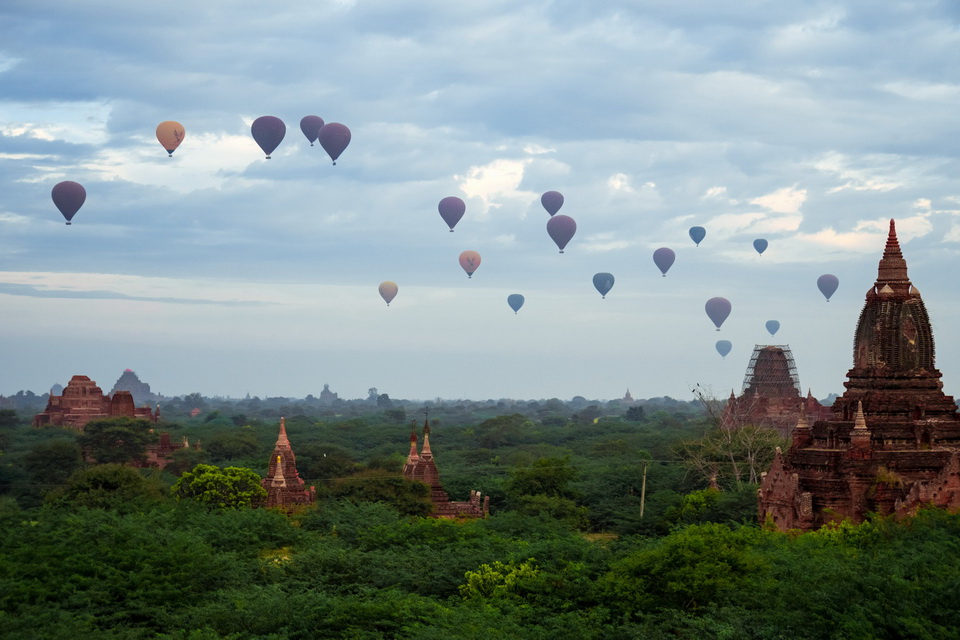
Exploring the ancient city of Bagan
Living a farmer’s life in Ibaraki Prefecture
Let’s live with farmers from the Hiroura Rural Experience Promotion Association in Ibaraki Town!
From cherry blossoms to nemophila, spring in Ibaraki is the season of flowers
Spring is the season of flowers blooming everywhere. This article would like to introduce the places ...
What's so special about experience tours in Ibaraki?
Ibaraki Prefecture is easy to reach from Haneda Airport or Narita Airport. It takes about 90 minutes ...
Where to see the most spectacular Cherry blossoms in this Spring
Spring is here, and so is the countdown to one of the most beautiful blooms of the year: Cherry blos ...
Tet and others spectacular festivals around the world in January 2020
In January 2020, Tet festival in Vietnam and others spectacular festivals around the world are color ...
The best Christmas drinks from around the world
Boozy, warming, and very indulgent – what more do you expect from a Christmas cocktail? Try one of t ...







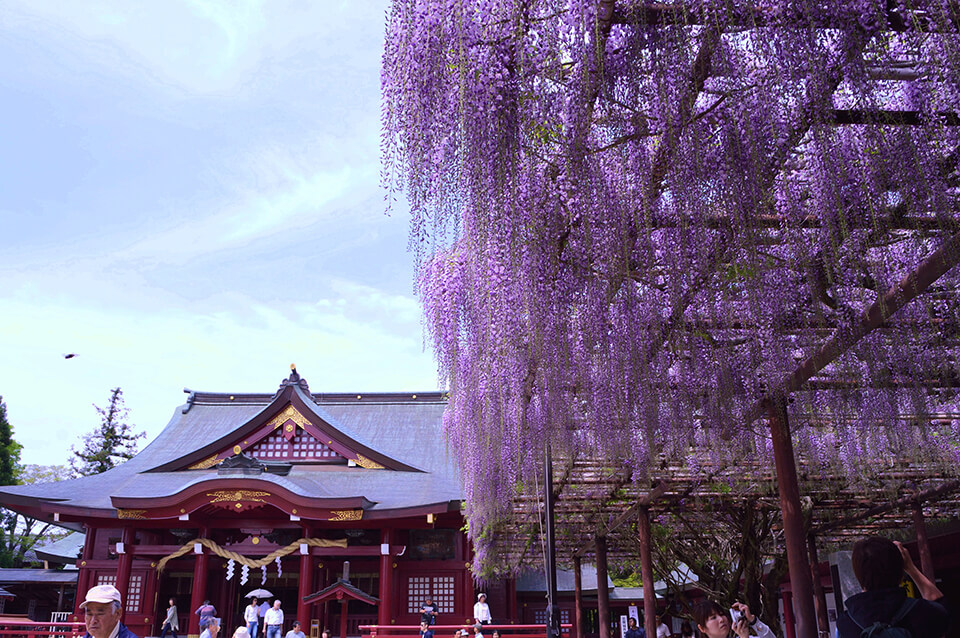
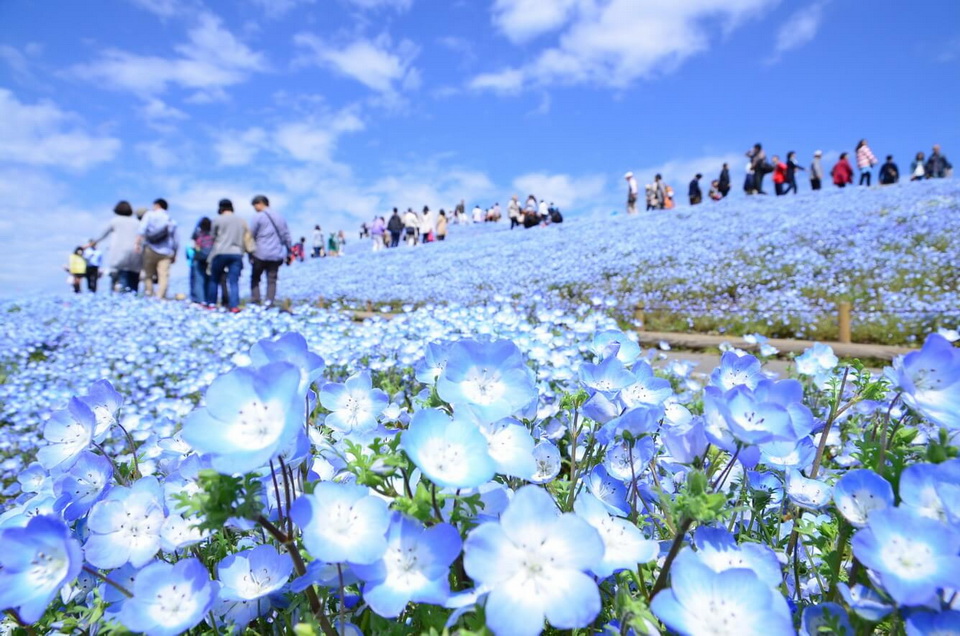
 (1).jpg)
